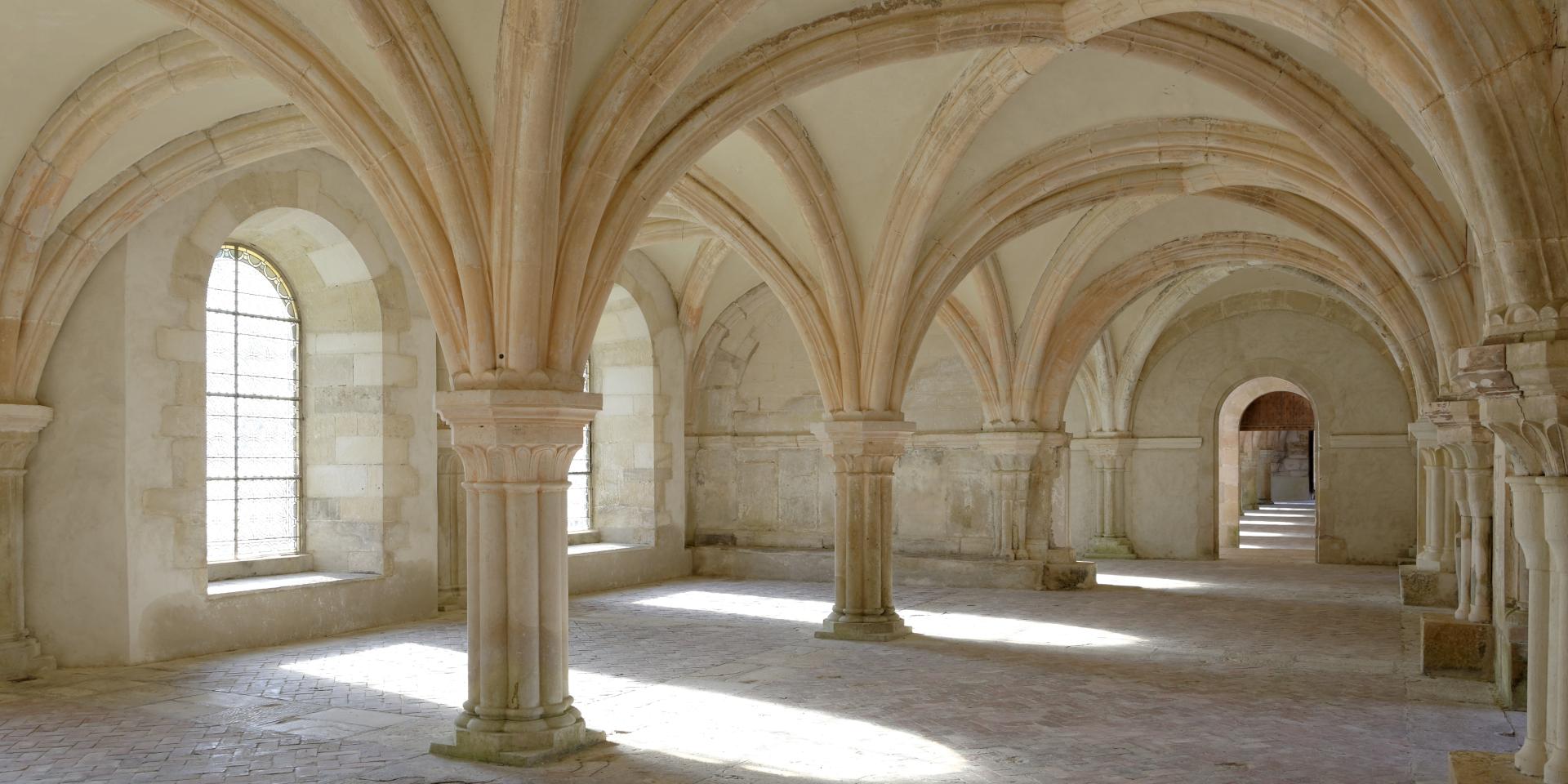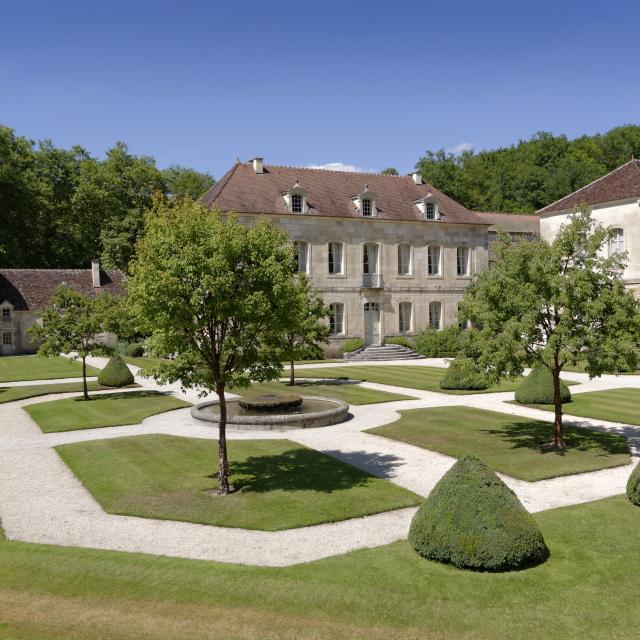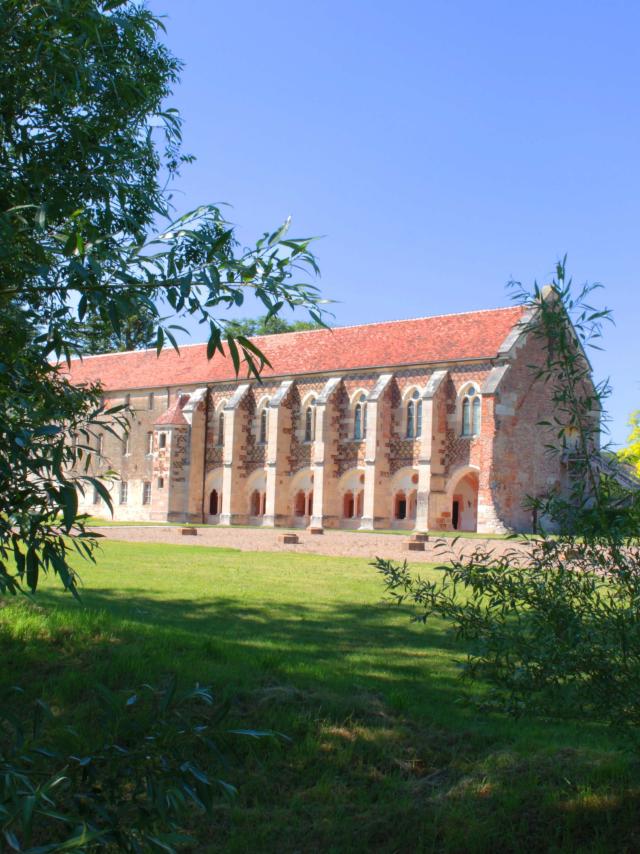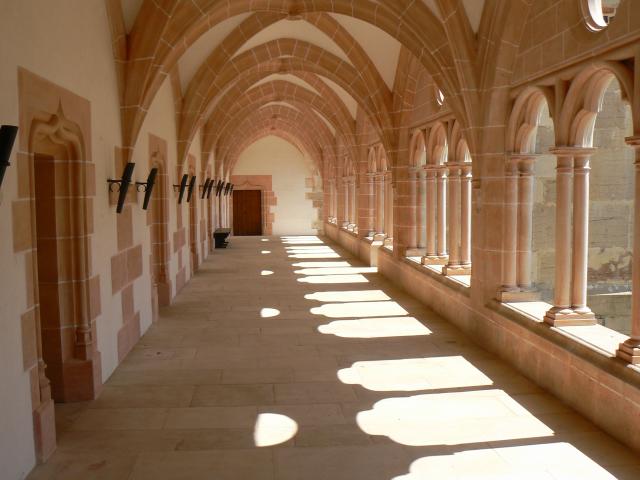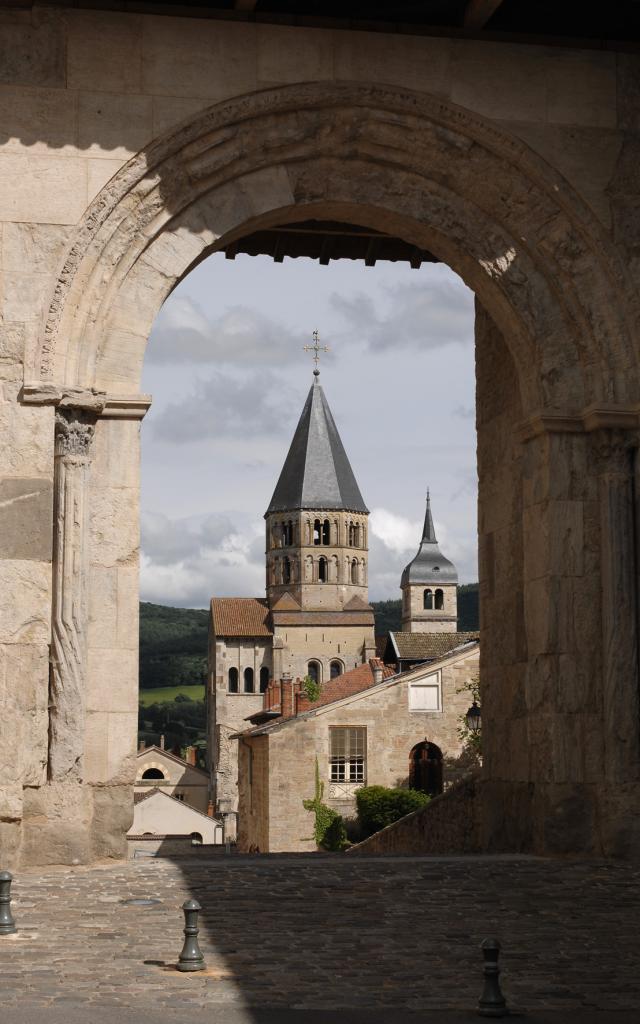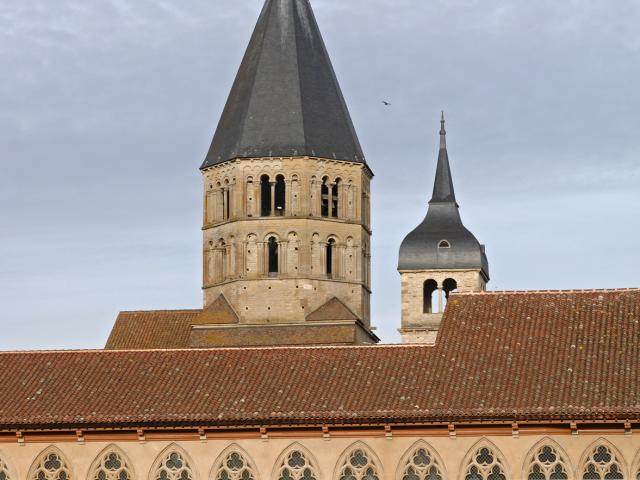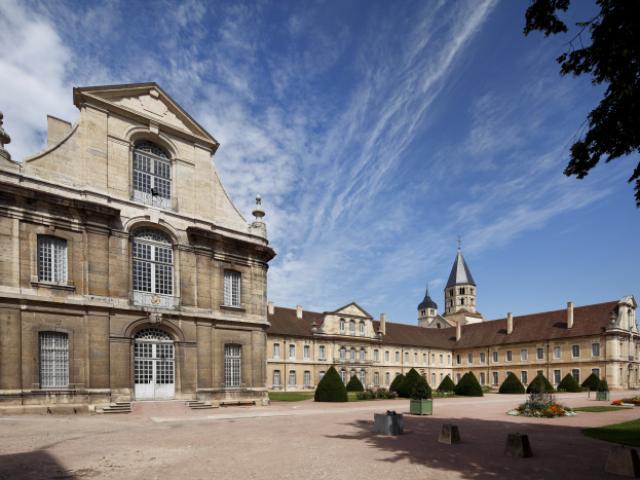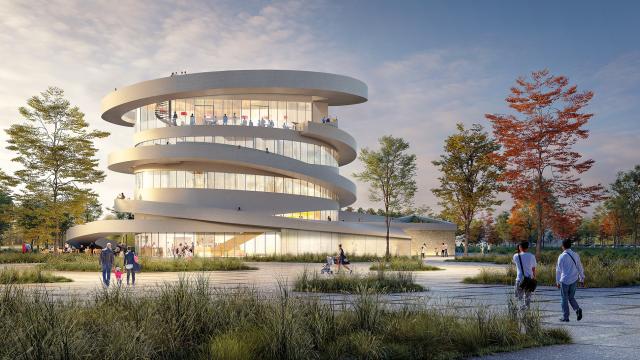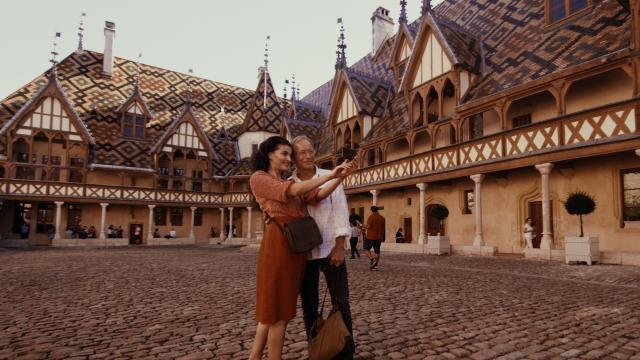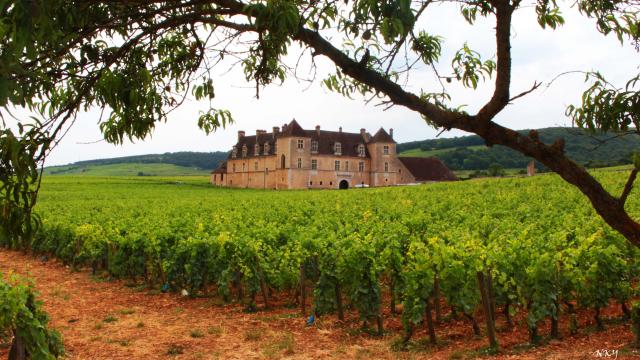01. Fontenay Abbey
One of the first French monuments to be inscribed on UNESCO’s World Heritage List. Listed as a UNESCO World Heritage Site since 1981, the Abbey was one of the first French monuments to be included on this prestigious list, which recognizes the exceptional value of both the Fontenay abbey complex and its natural environment. A little history Situated between Auxerre and Dijon, Fontenay Abbey was founded in 1118 by Saint Bernard de Clairvaux, charismatic figure of the Cistercian reform. It is the oldest surviving Cistercian abbey in the world. After the French Revolution, which led to the departure of the monks, it became home to the Montgolfier brothers’ paper mill. Today, their descendants, the Aynard family, are responsible for the remarkable restoration and preservation of all the Romanesque buildings: the abbey church, the monks’ dormitory, the cloister, the chapter house, the monks’ hall and the forge.
